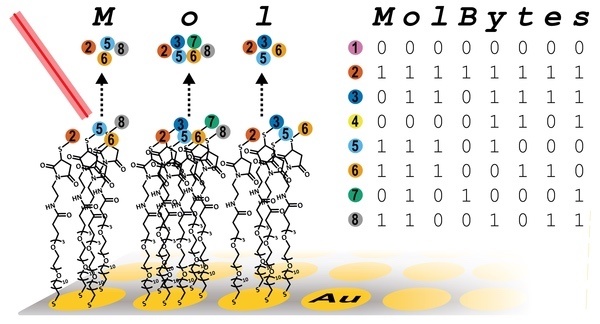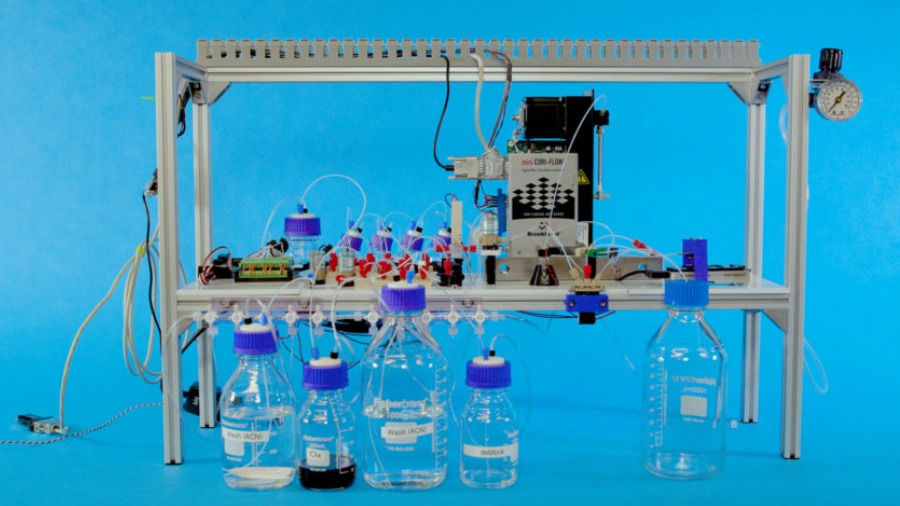Trying to come up with new ways of data storage methods that last long enough, researchers at Harvard University seem to have devised a way that could fit library-sized data into a teaspoon of protein.
It is suggested that the researchers have come up with a way of storing data in molecules, specifically oligopeptides. Oligopeptides made up of amino acids are deemed easier to store data and even cheaper than DNA.
How Is Data Stored In Molecules?
Fitting data on molecules can be done using a microwell, which is a metal plate with 384 holes to fill in the oligopeptides of different mass. In order to read what all is written, a device called spectrometer is used which will distinguish the molecules based on their mass; the heavy ones which sink are deemed absent while the light molecules floating on the top are marked present.
Once the differentiation is done, the ‘present’ molecules are translated to read the stored data. It is suggested that a combination of eight molecules can save up to one byte of data, 32 molecules can store four bytes, and so on.

Currently, the new storage technique has been used to keep a lecture titled, There is plenty of room at the bottom by physicist Richard Feynman, a photo of Claude Shannon, and Hokusai’s woodblock painting The Great Wave off Kanagawa.
Furthermore, oligopeptides can go on storing data for more than hundreds of thousands of years without sunlight, water or oxygen and withstand harsh environmental conditions.
While the method is faster than DNA storage and accounts for 99.9% accuracy, it needs to enhance its capabilities such as price, storage capacity, and even storage speeds (it is still slower than most of the data storing devices today).
To recall, a recent breakthrough in storing data on DNA for the first time was implemented by Microsoft and the team succeeded in encoding the first world — Hello.
While both the techniques of storing data appear to be a milestone as compared to the present methods, they stand against each other in the battle of storing data and only time clubbed with more experiments will tell which way is better.










